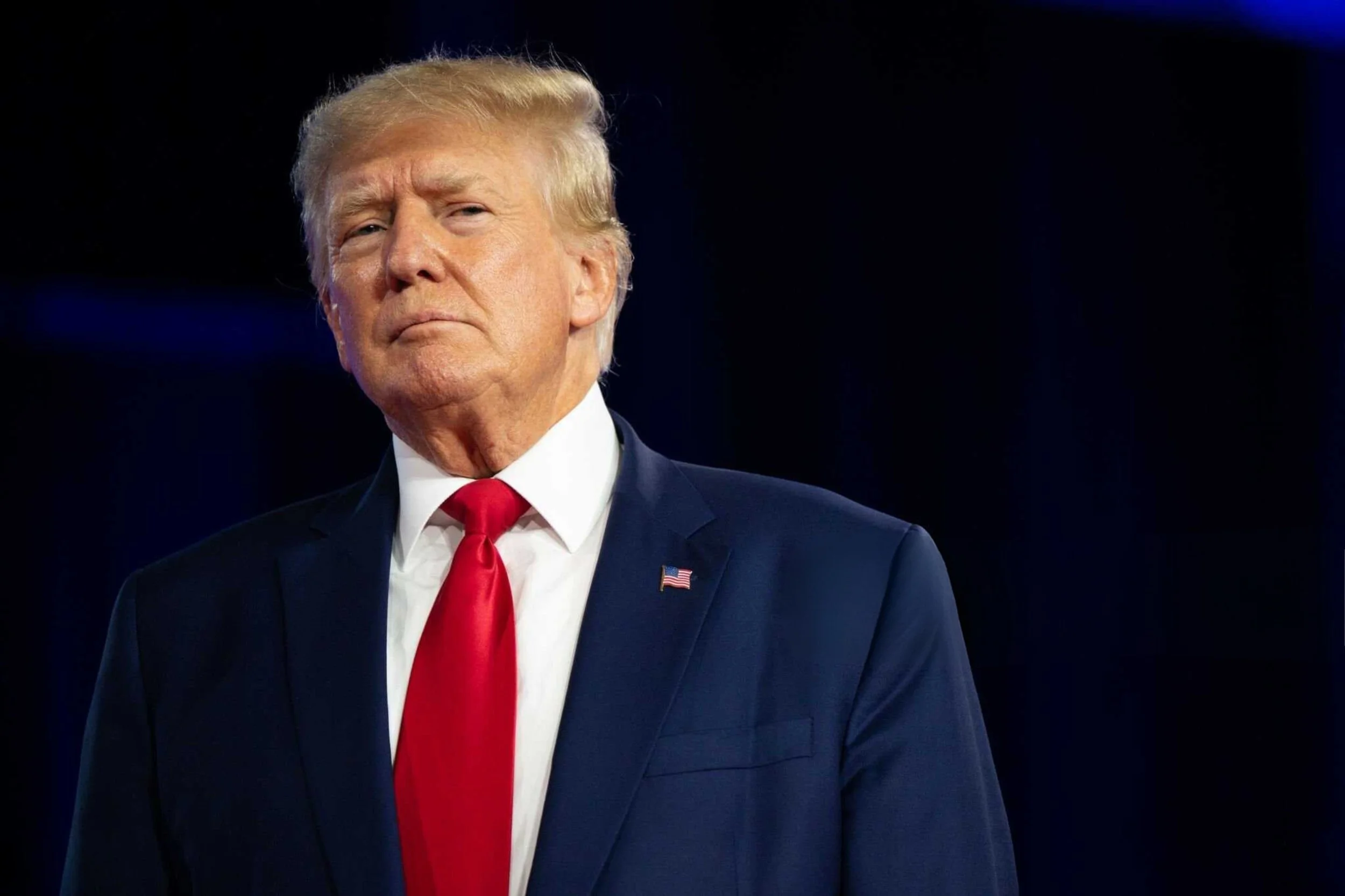President Trump Aims to Reform Federal Workforce in String of Executive Orders
President Trump was inaugurated as the nation’s 47th president inside the U.S. Capitol, on Monday, January 20, 2025.
The new president wasted no time in getting down to business, signing a slew of executive orders, memos, and proclamations, some of which were aimed straight at the federal government workforce.
Among them was a hiring freeze for federal government civilian employees. The action gave the Director of the Office of Management and Budget (OMB), in consultation with the heads of the Office of Personnel Management (OPM) and Department of Government Efficiency (DOGE), 90 days to submit a plan to “reduce the size of the Federal Government’s workforce through efficiency improvements and attrition.”
Once that plan is submitted, the freeze will lift for all agencies except the Internal Revenue Service (IRS), which will remain frozen until the Treasury Secretary decides it’s in the national interest to lift the freeze.
The freeze does not apply to the military or positions related to immigration enforcement, public safety, or national security.
Speaking of DOGE, another order officially established the department as a temporary organization with the mission of “modernizing Federal technology and software to maximize governmental efficiency and productivity.”
And speaking of hiring, an order gave the Assistant to the President for Domestic Policy 120 days to develop a “Federal Hiring Plan that brings to the Federal workforce only highly skilled Americans dedicated to the furtherance of American ideals, values, and interests.”
Telework Order
A separate presidential action called for federal employees to “return to in-person work.”
The action stated that “Heads of all departments and agencies in the executive branch of Government shall, as soon as practicable, take all necessary steps to terminate remote work arrangements and require employees to return to work in-person at their respective duty stations on a full-time basis, provided that the department and agency heads shall make exemptions they deem necessary.”
Schedule F Reinvented
Other actions were designed to “restore accountability” to federal employees with the president writing that “Restoring an accountable government workforce is a top priority of my Administration.”
That includes a reinstatement of the Schedule F, but under a new name. The order, which is called Restoring Accountability to Policy-Influencing Positions within the Federal Workforce, reclassifies a large swathe of the federal workforce as political appointees, making them easier to remove and stripping them of civil service protections. It notes that failure to “faithfully implement administration policies to the best of their ability” is grounds for dismissal.
An order on the Senior Executive Service (SES) gives agencies 30 days to come up with performance plans for SES members. Agencies are also ordered to “reassign agency SES members to ensure their knowledge, skills, abilities, and mission assignments are optimally aligned to implement my agenda.” The order also requires agencies to fire members of the Executive Resources Board (ERB) and the Performance Review Board (PRB) and replace them with a majority of political appointees.
Security Clearances
The new president is also trying to clear the backlog of employees waiting for security clearances, calling the backlog “unacceptable” and blaming a “bureaucratic” and “broken” security clearance process.
Under an order, a list of personnel was immediately granted temporary clearances as well as access to facilities and technology to do their jobs.


